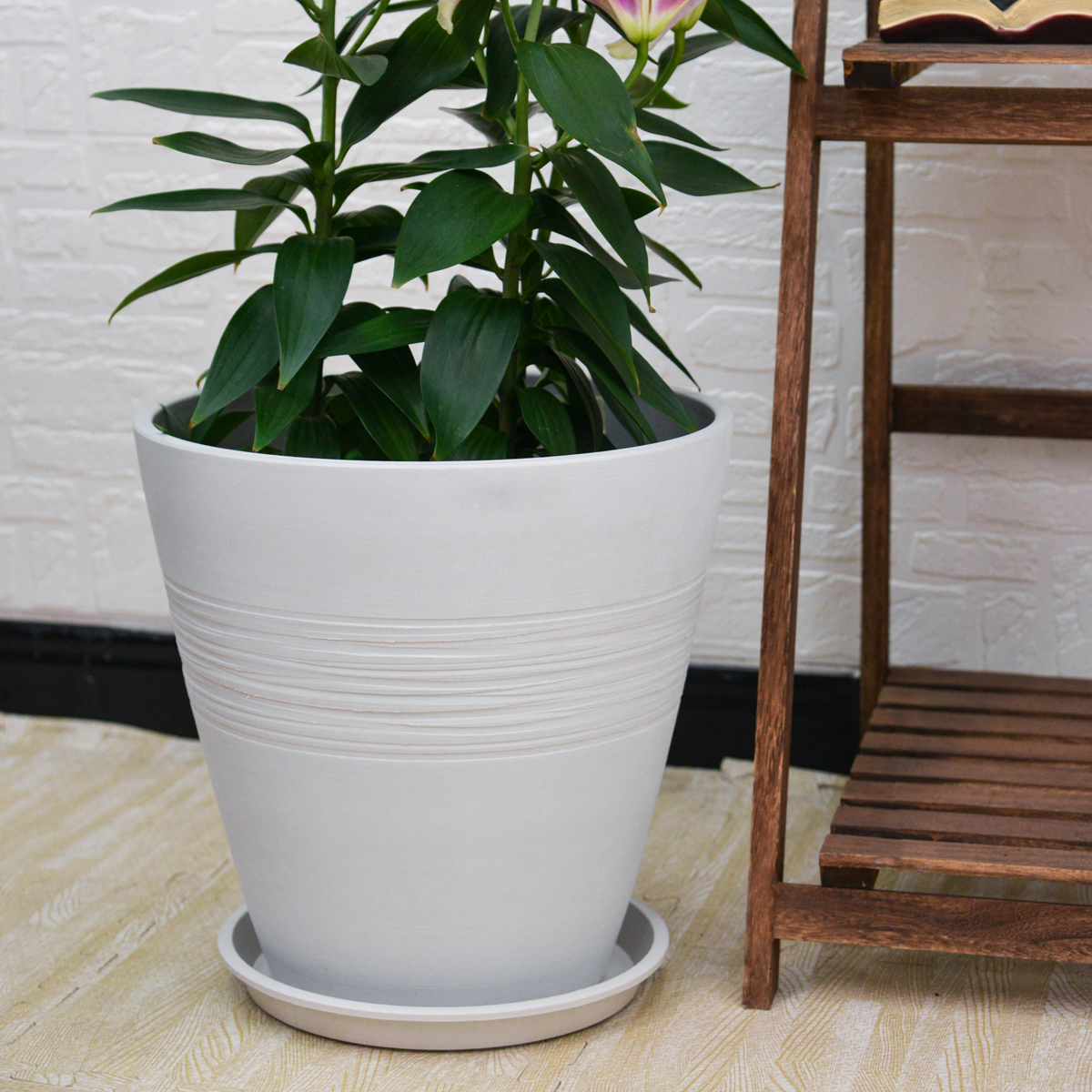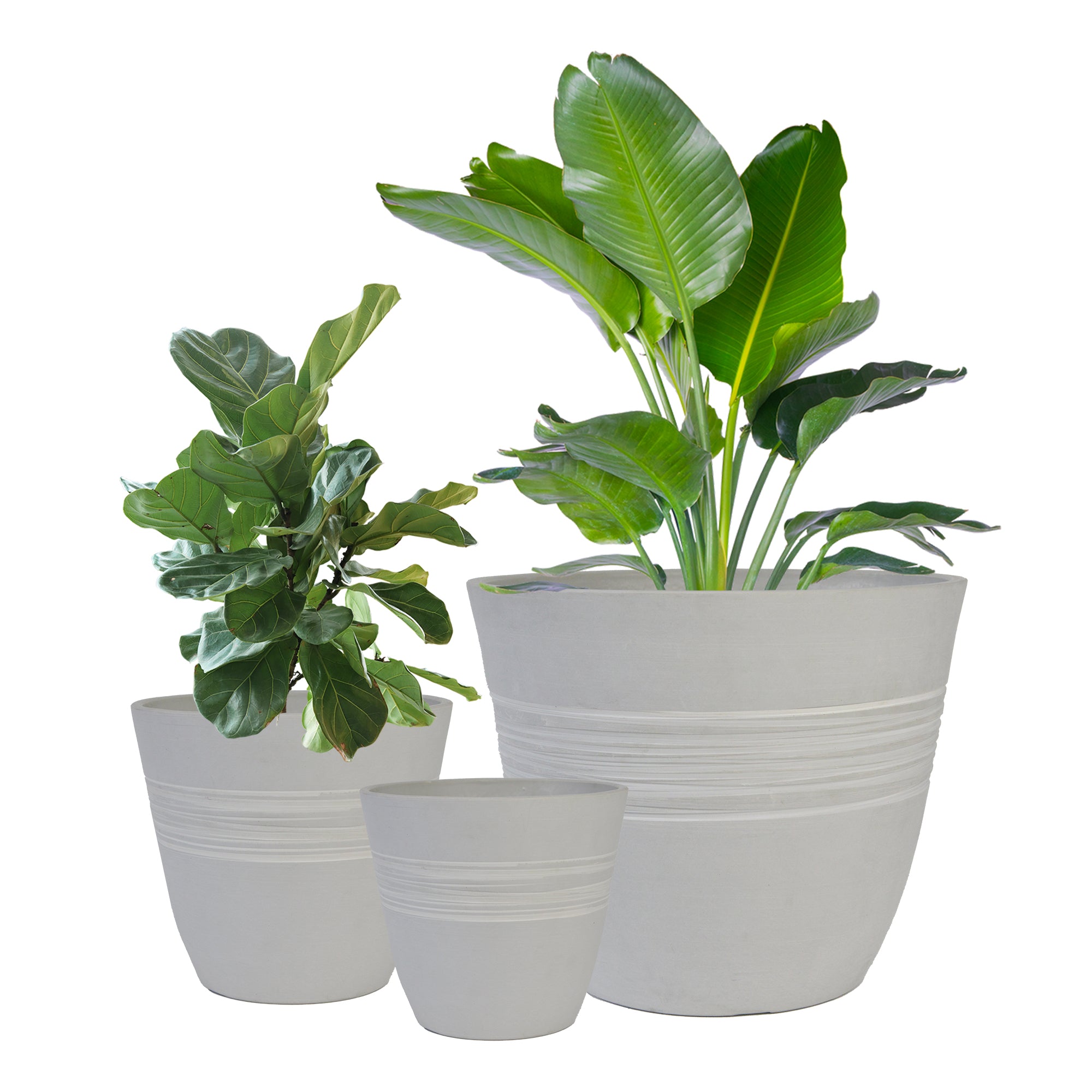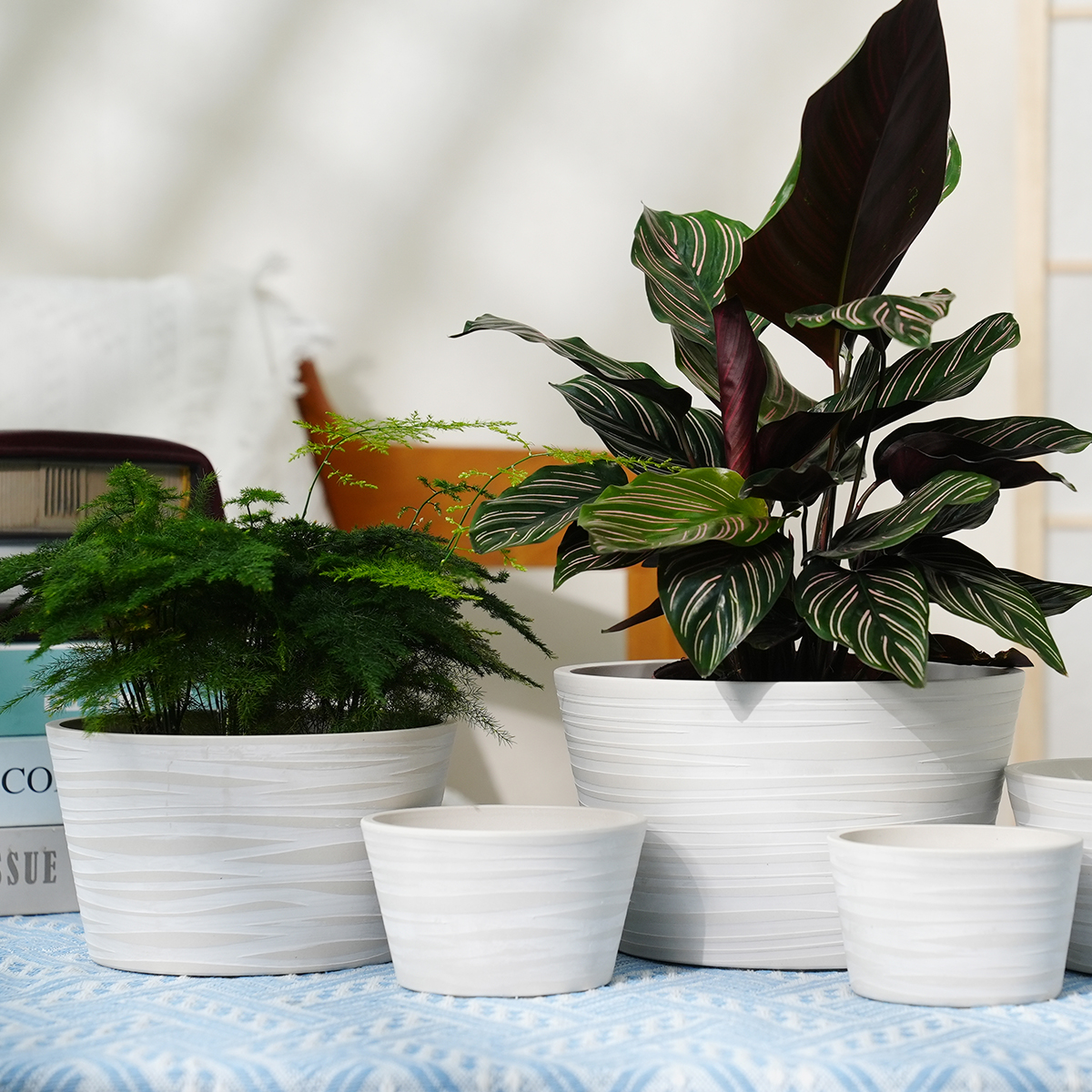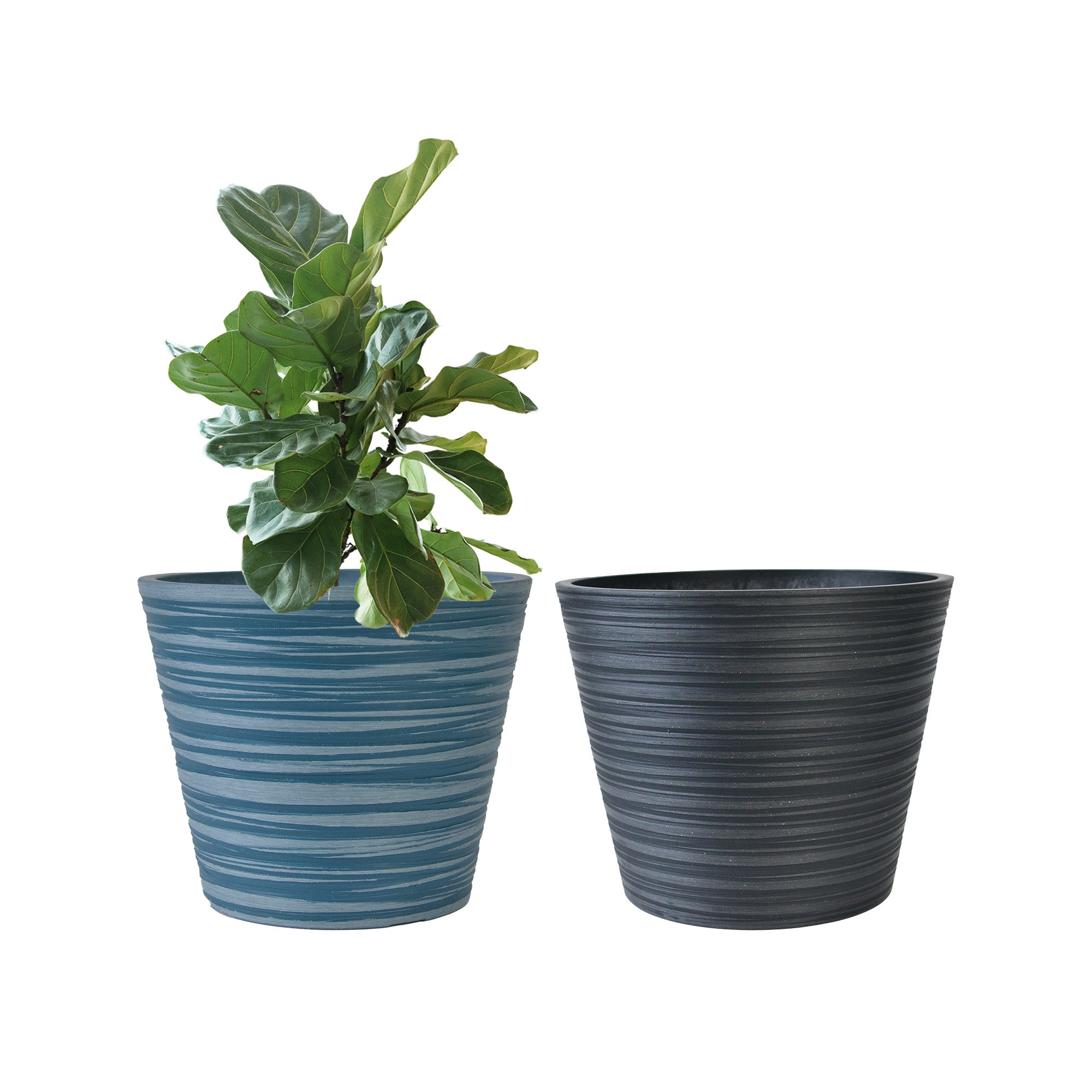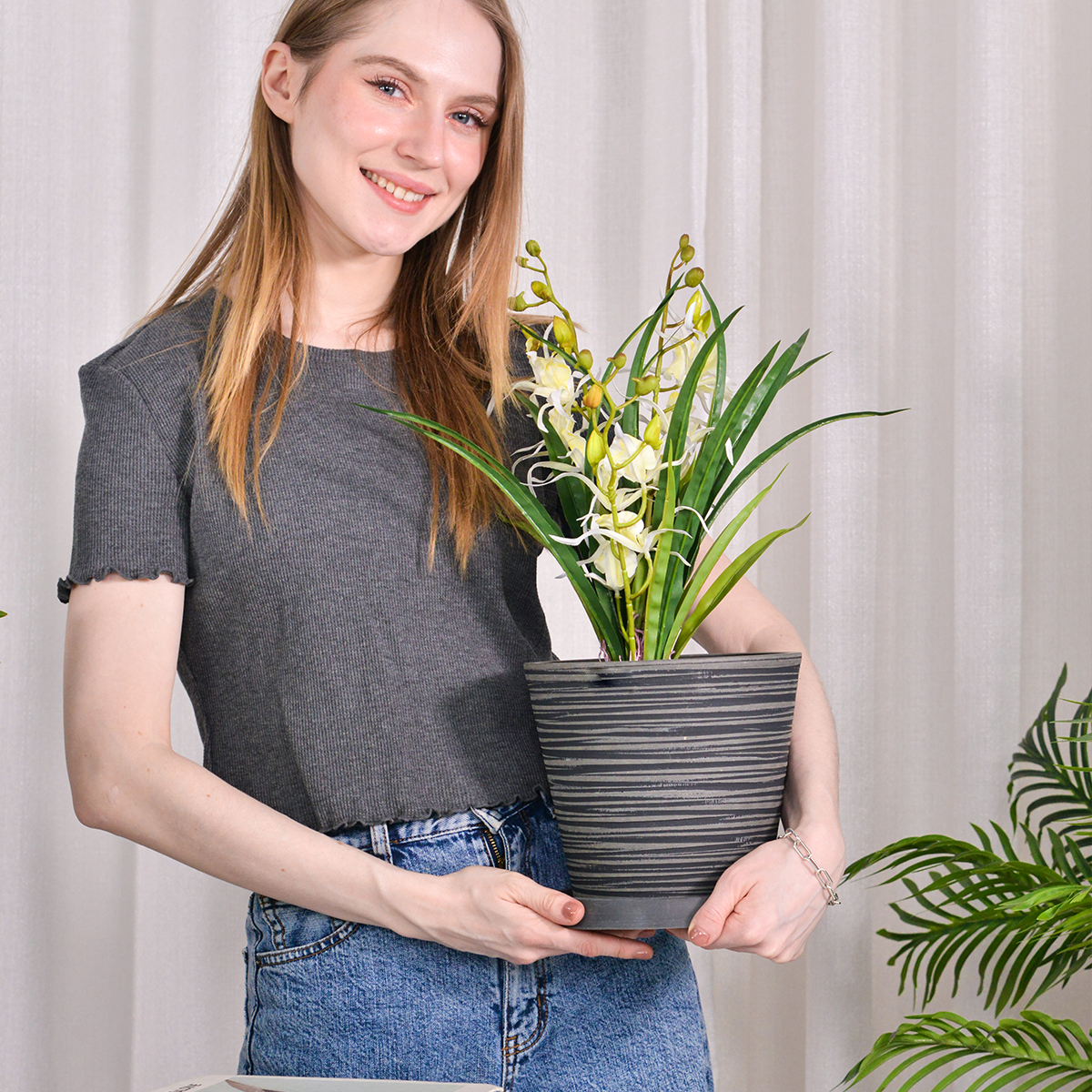Where Does the ZZ Plant Originate From? What Is Its Natural Growing Environment Like?
The ZZ plant, scientifically known as Zamioculcas zamiifolia, has become a beloved houseplant in American homes due to its attractive appearance and remarkable resilience. However, its journey to our living rooms started far away. Understanding its native origins and natural habitat provides valuable insights into how to best care for this hardy plant indoors.
Native to Eastern Africa:
The ZZ plant is native to the tropical regions of eastern Africa. Its origins are traced to countries like Kenya, KwaZulu-Natal (South Africa), Malawi, Mozambique, Tanzania, and Zimbabwe. This geographical background plays a significant role in the plant’s characteristics and its ability to thrive in a variety of conditions.
A Land of Warmth and Well-Draining Soil:
In its natural habitat, the ZZ plant thrives in warm climates. These regions are characterized by distinct wet and dry seasons. The ZZ plant has adapted to survive these periods of drought by developing rhizomes, which are underground stems that store water and nutrients.
The soils in its native habitat are typically well-draining, often sandy or loamy. This is a crucial factor for the ZZ plant, as its rhizomes are susceptible to rot if they sit in overly moist conditions for extended periods. The plant can be found growing in a variety of habitats, including woodlands and grasslands, often in rocky or sandy soils.
Adaptations for Survival:
The ZZ plant’s natural environment has shaped its ability to tolerate neglect, which is one of the reasons it’s such a popular houseplant. Its thick, waxy leaves help to conserve water, and its rhizomes provide a reservoir during dry spells. This inherent toughness allows it to survive in conditions that might be challenging for other plants.

Understanding the ZZ plant’s origins in the warm, dry regions of eastern Africa with well-draining soils helps us appreciate why it prefers similar conditions indoors. While it can tolerate low light, it appreciates bright, indirect light. Most importantly, remembering its adaptation to dry periods reminds us that it’s better to underwater a ZZ plant than to overwater it, mimicking its natural resistance to drought.
KC2-GS
By greenship|2024-08-16T06:30:21+00:00August 16, 2024|Categories: Hand-carving Series|
Plant Pots 6 inch 8 inch 12 inch for Indoor Outdoor Plants, Set of 3 Modern Decorative Planter with Drainage Hole, Decorative Flower Pots
By greenship-seo|2025-04-10T06:38:40+00:00January 16, 2025|Categories: Hand-carving Series|Tags: Decorative Flower Pots|
HS
By greenship|2024-08-13T06:45:17+00:00August 13, 2024|Categories: Hand-carving Series|
Planter 5 in W / 8 in W / 12 in W or Indoor Outdoor Plants, Modern Decorative Plant Pots with Drainage Hole, Decorative Flower Pots
By greenship-seo|2025-04-10T06:37:58+00:00January 16, 2025|Categories: Hand-carving Series|Tags: Decorative Flower Pots|
Planter for Indoor Outdoor Plants, Set of 2 Modern Decorative Plant Pots with Drainage Hole, Decorative Flower Pots
By greenship-seo|2025-04-10T07:46:01+00:00January 9, 2025|Categories: Hand-carving Series|Tags: Decorative Flower Pots, Self-Watering Pots|
K2-11T
By greenship|2024-08-13T04:21:25+00:00August 13, 2024|Categories: Hand-carving Series|


